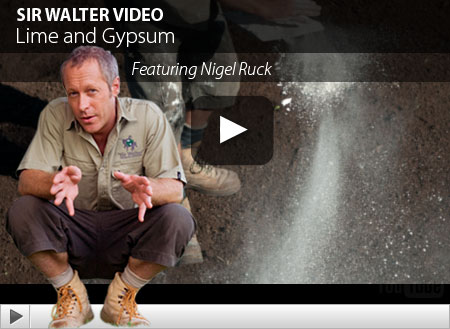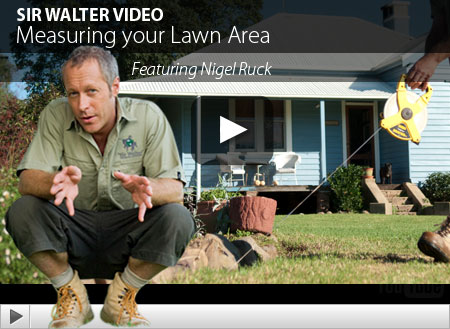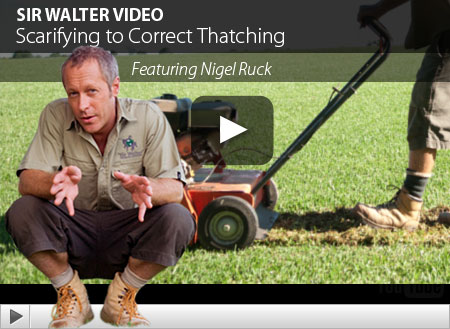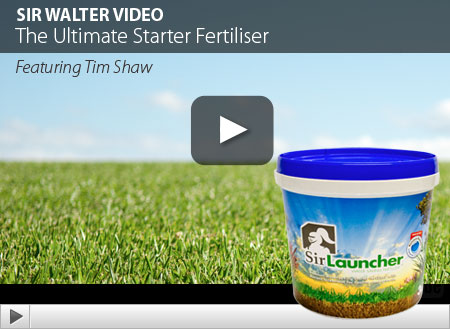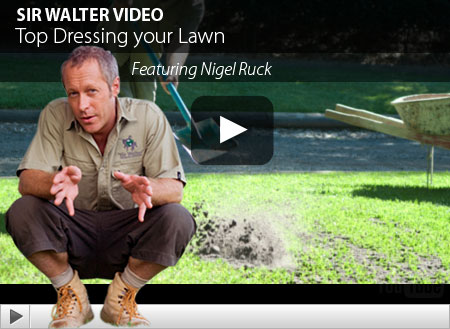Lime and Gypsum
Gypsum, also known as calcium sulphate helps to break down and open up a clay soil allowing water, nutrients, air and lawn roots to penetrate into the soil more easily which is exactly what you want.
Now if you’ve got a clay soil it’s best to incorporate the gypsum into the soil before you spread your turf underlay mix. You can do this with a rotary hoe or you could just use a mattock for small areas.
For an existing lawn use a garden fork, push it in while moving it back and forth. Broadcast the required amount of lime over the area and water it into the soil. Now sometimes you lawn will get damaged from general wear and tear from pets or high traffic and even cold weather. Gypsum will help repair these areas.
Now always read the instructions on the bag buy as a general rule for light clay soils you need to apply 1 kg per square metre and for heavy clay soils you double it to 2 kg per square metre. And remember this too, gypsum is pH neutral, if you want to raise your soils pH you need to apply lime or dolomite.

